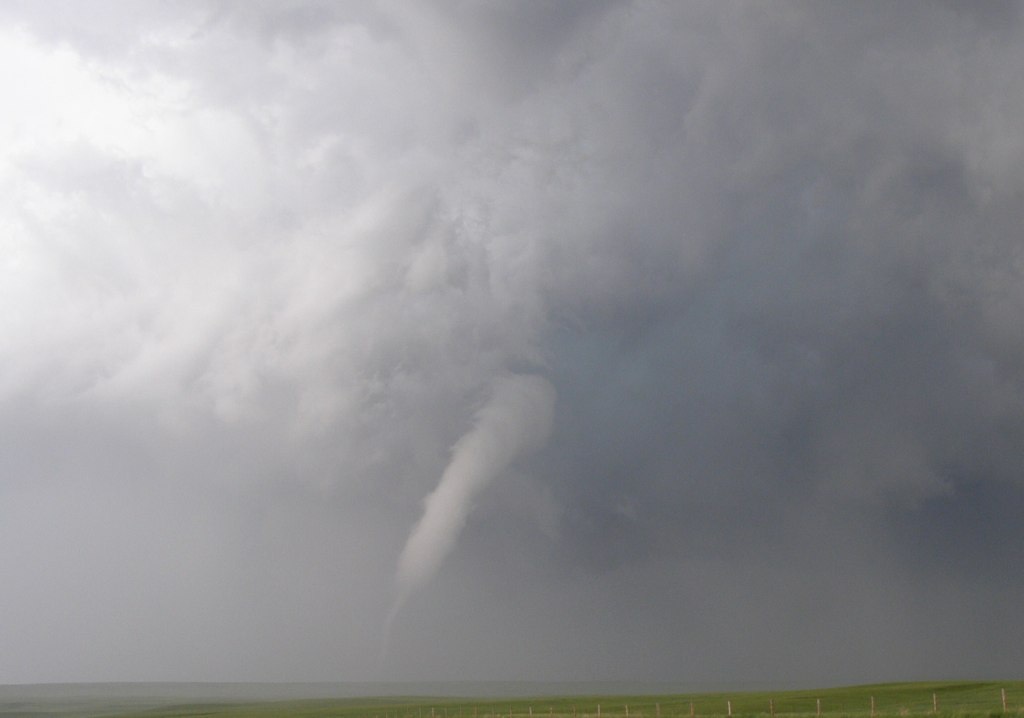GSL presents at the 2024 AMS Severe Local Storms Conference

 GSL scientists will present at the AMS 31st Conference on Severe Local Storms October 21-24 in Virginia Beach, VA. The conference is the premiere gathering for scientists, forecasters, educators, and communicators engaged in all aspects of work related to hazardous deep convective weather phenomena. The theme for this year is Supporting the Next Generation of Observations, Theory, and Practice.
GSL scientists will present at the AMS 31st Conference on Severe Local Storms October 21-24 in Virginia Beach, VA. The conference is the premiere gathering for scientists, forecasters, educators, and communicators engaged in all aspects of work related to hazardous deep convective weather phenomena. The theme for this year is Supporting the Next Generation of Observations, Theory, and Practice.
NOAA/GSL Hazardous Weather Prediction Development with MPAS - Curtis Alexander
GSL Deputy Director Curtis Alexander will provide an overview of the various research and development efforts using the Model Prediction Across Scales (MPAS) global and limited-area versions to test initial global rapid-refresh designs. GSL is exploring the model’s resolution sensitivities for extreme precipitation and convective-scale applications to inform future designs of the Rapid Refresh Forecast System. Alexander will also report on model physics performance including forecast ensemble designs, the interface with new data assimilation (JEDI), and physics and workflow infrastructure capabilities. Future plans with MPAS include both research and operational opportunities within the UFS.
Using an OSSE to Estimate How Hundreds to Thousands of UAS Can Improve NWP Forecasts of Severe Storm Environments - Shawn Murdzek
GSL/CIRES Shawn Murdzek reports on estimates of the impact of routine Unmanned Aerial System (UAS) observations on severe storm NWP forecasts through an observing system simulation experiment (OSSE). The benefit of the OSSE approach is that a model run is used as the truth rather than the real atmosphere, which allows us to test different configurations of routine UAS observations without having to deploy hundreds to thousands of UAS. Results suggest that a routine network of vertically profiling UAS can substantially improve forecasts of severe weather by improving the representation of severe storm environments.
Use and Evaluation of the 3DRTMA for Convective Environment
GSL’s Terra Ladwig will present on the Three-Dimensional Real-Time Mesoscale Analysis (3DRTMA) intended to provide a holistic analysis that meets situational awareness needs and unifies NOAA’s nowcasting analysis capabilities. With its implementation scheduled for 2025, the 3DRTMA will provide 3D-gridded analyses of atmospheric parameters and significant wave height from lakes and oceans, as well as diagnostics of severe weather and aviation parameters. Prototype versions of the 3DRTMA have been evaluated during the NOAA Hazardous Weather Testbed Spring Forecasting Experiment (SFE) in the past 5 years. In addition to standard near surface fields, radar reflectivity, and vertical profiles, several severe weather diagnostic fields have been added to 3DRTMA output. Subjective feedback indicates that the 3DRTMA is a viable tool and with some further refinement it will be able to replicate or exceed the capabilities of the current RAP-based SPC mesoscale analysis.
